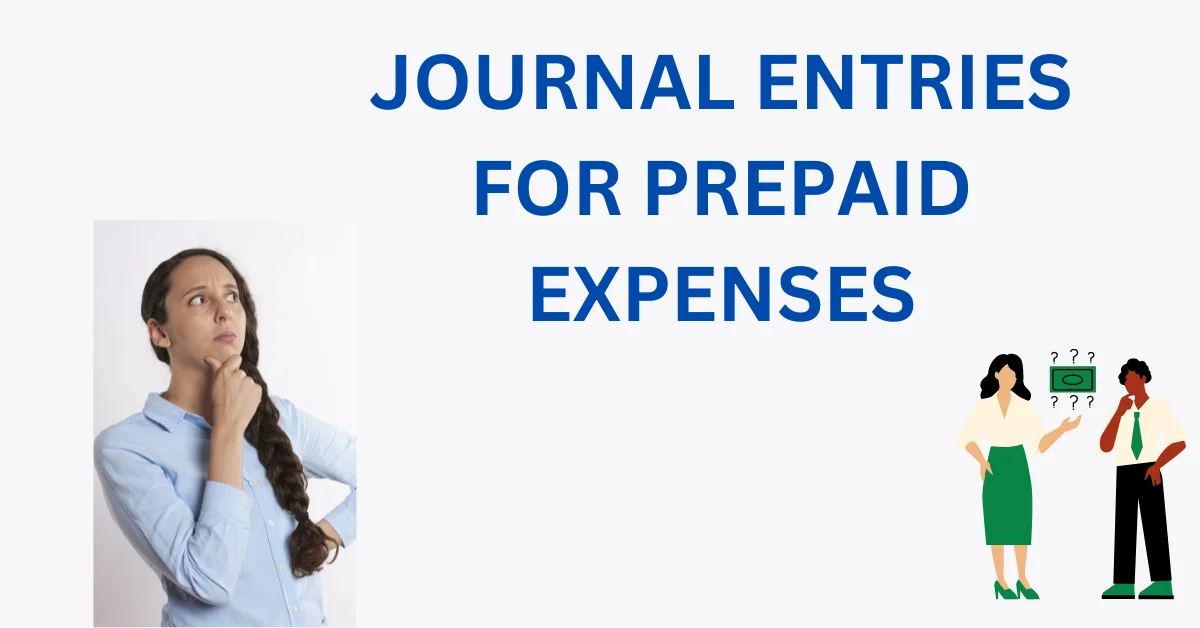Prepaid expenses refer to payments made in advance for services not yet received from the service provider. For instance, imagine you’ve paid one month’s rent in advance for your business shop, but you haven’t used the space for the full 30 days.
This upfront payment is considered a prepaid expense. Properly recording prepaid expenses is essential. If you include them in regular expenses at year-end, you’ll need to make an adjusting entry to deduct them because these expenses belong to the next year, not the current year. Below, we outline the key journal entries for prepaid expenses:
WHEN YOU PAY THE EXPENSE IN ADVANCE
Debit the Service Provider or Prepaid Account.
Credit the Bank Account.
When we pay an expense in advance to a service provider, it’s essentially a loan to the service provider. The service provider becomes the receiver, so we debit their account. Simultaneously, we credit the bank account because the money leaves our business.
In the Balance Sheet, we list the service provider for expenses as a current asset.
WHEN THE SERVICE PROVIDER PROVIDES THE SERVICE BEFORE THE END OF THE FINANCIAL YEAR
Debit the Expense Account.
Credit the Service Provider or Prepaid Expense Account.
WHEN YOU’VE INITIALLY RECORDED IT AS A REGULAR EXPENSE
Debit the Prepaid Expense or Service Provider for Expense Account.
Credit the Expense Account.
For example, let’s say you recorded Rs. 5,000 in the regular rent account, but it was actually prepaid rent for the next financial month. In this case, the following entry will be made:
Prepaid Rent Account Debit 5,000
Rent Account Credit 5,000
In the profit and loss account, we subtract Rs. 5,000 from the total rent expenses. Additionally, we display the Prepaid Rent Account on the asset side of the balance sheet.
